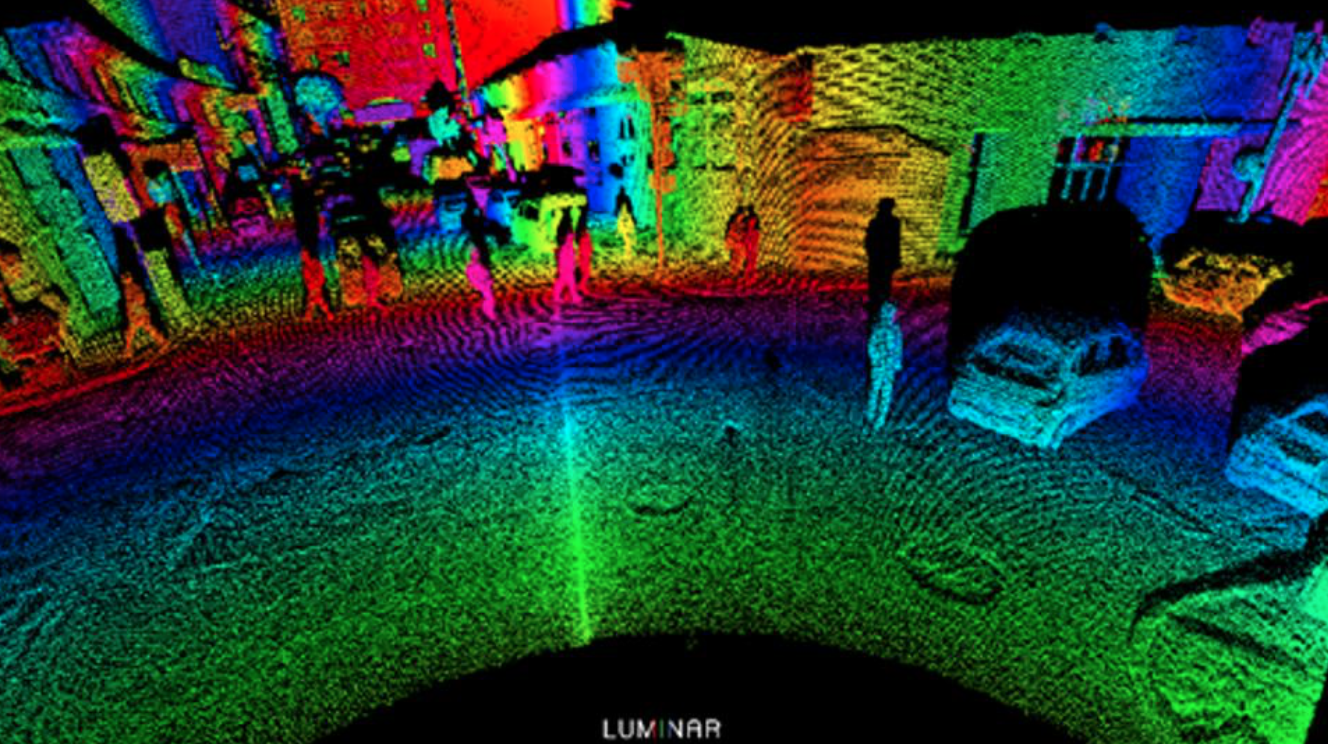According to foreign media reports, on November 20th local time, Mobileye, a subsidiary of Intel dedicated to the ADAS field, announced a collaboration with the US start-up company Luminar. Mobileye will apply Luminar’s lidars to the R&D of the autonomous driving Robotaxi.

Mobileye has been committed to the development of L4 autonomous driving systems for a long time. Unlike electric vehicle manufacturers like Tesla, Mobileye believes that cameras are not enough to fully guarantee safety. Therefore, Mobileye also uses lidars and mmWave radars, and developed the RSS model (reliability sensitive safety model) several years ago to further ensure safety.
Most companies will use at least three perception methods when developing autonomous driving systems, namely, fusing lidar, mmWave radar and camera data together to create a single 3D model around the vehicle environment. In theory, this model should be more stable, but it is also more complex and more difficult to verify.
In response to this, Mobileye has adopted a different approach. Based on the sensor data, Mobileye creates two independent environment models, one of which is an independent environment model that fuses lidar and lidar data, and the other uses only camera data.
At this year’s Consumer Electronics Show (CES), Mobileye CEO Amnon Shashua proposed the concept of the “Vidar” model. “Vidar” uses multiple cameras to estimate distances and create a 3D model. Compared with lidars, cameras can better classify objects, but they are also more susceptible to adverse weather and poor lighting. However, only the camera model is used for route planning and control in these two models.
On the road to autonomous driving, Mobileye designed its own system chip EyeQx. For the first application of Luminar’s lidar, Mobileye collaborated with Intel’s hardware team to design high-definition imaging radars and frequency modulated continuous wave (FMCW) lidars. The lidar sensor is expected to be ready in 2023, while the specific release date of the lidar has not been announced.
For Robotaxi, Mobileye’s deployment strategy covers autonomous driving systems, autonomous driving vehicles, vehicle fleet operations, smart travel, passenger experience, and services. Its strategy has a higher cost performance ratio, can expand its business faster than competitors worldwide, and gain a larger share in the Robotaxi field.Currently, the Robotaxi pilot operation has been carried out in Tel Aviv, Israel for some time. Over the next few years, Mobileye will partner with its suppliers to provide commercial services in countries and regions such as China, South Korea, and Dubai.
🔗 Source: Forbes, Lumina Twitter, Mobileye Twitter, Intel Official Website
This article is a translation by ChatGPT of a Chinese report from 42HOW. If you have any questions about it, please email bd@42how.com.
